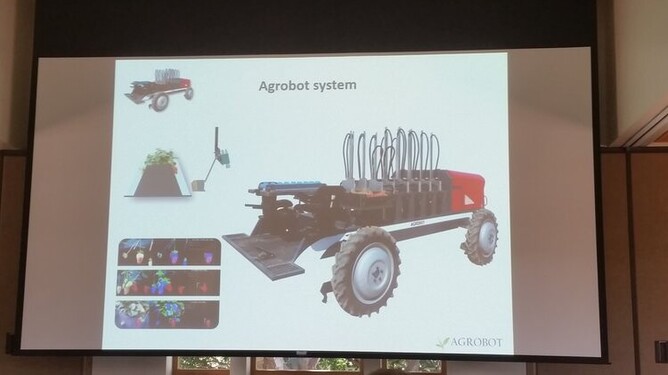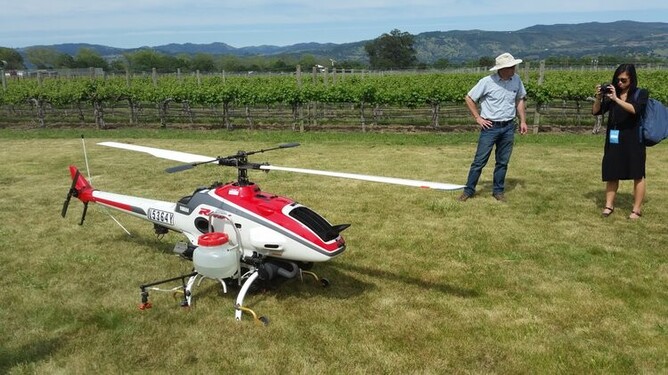If you’re anything like me, you would have noticed that there seems to be more and more talk about “disruptive technologies”, “disruptive brands”, “disruptive companies” and “disruption” in general.
If you had to name some companies that have caused such “disruption” in a marketplace, you might think of companies like Uber, Airbnb, Facebook and Netflix.
Retrospectively it is fairly easy to analyse these companies and state why they are disruptive – Uber short circuits the old taxi system, Airbnb makes it easy for anyone to find accommodation at places that otherwise would have been difficult or impossible to find, Facebook is reinventing the way that mobile phones and social media work together, and Netflix brings media content to you, on demand without the need to go to a video store.
All of these things seem so simple and logical; it is no wonder that they have caused so much “disruption”.
What happens though, when you introduce the idea of “disruptive” companies to the backbone of New Zealand’s economy?
Why does it seem that, apart from a few things like the introduction of tractors, the electric fence and computers; farming seems to still be done largely to the same template it has been for years?
How can an agritech company cause disruption in the primary sector comparable to the disruption that we’ve seen in other industries? It should be simple right?
If we take the definition of disrupt – “drastically alter or destroy the structure of”, it tells us that we need to find a problem in industry that is currently being solved, then solve it in a better way that would drastically alter or destroy the structure of the existing solution.
If a company is inventing something completely new and creating a whole new marketplace, it is an innovative company, but it is not necessarily a “disruptive company”.
The reason the focus is drawn so quickly to disruptive companies is that the “disruption” they cause has such a material effect on the customer by immediately simplifying their current system, that adoption of the company’s product is rapid. If you take an “innovative” company who develops a new product or service for a market that then has to be developed and customers educated as to why they need it before they will buy the product or service, uptake will be much slower due to the fact that consumers need to learn more before they spend, rather than being able to see instant gains.
So how could agritech be disrupted?
There are many existing solutions that are currently slow or expensive that can be improved using technology that wasn’t available when the solution was invented.
Take servicing or repairing machinery for example – why wait for the dealership to come out, diagnose the problem, then go back and order a new part?
What if the operator could use Microsoft’s HoloLensto look at a problem? It could identify the part, get the part on its way and provide instructions to fit it?
Sure- machinery dealers wouldn’t like it – but that’s disruption!
How about livestock trading?
Companies like MyLoadingRampand StockX are starting to play in this field by offering the ability for farmers to trade with each other rather than work through a livestock agent, but why haven’t they caused the disruption and seen the success that companies like Uber have?
Perhaps the current solution, though expensive, is too good?
Perhaps the fact that a farmer can simply call an agent if they have livestock to buy or sell and they can trust them to take care of the rest, is worth the commission that the farmer has to pay?
Nobody said it would be easy to create a disruptive technology, or has written an exact formula for how to do it, but if you start out by simplifying the solution to an existing problem while reducing cost, that’s a good start!
Stu Bradbury is the Business Strategy Advisor for the Sprout agritech accelerator programme in Palmerston North. He is a Director of AgriOptics and is the founder of Where's My Cows which has been acquired by Lindsay Corporation out of the USA.






